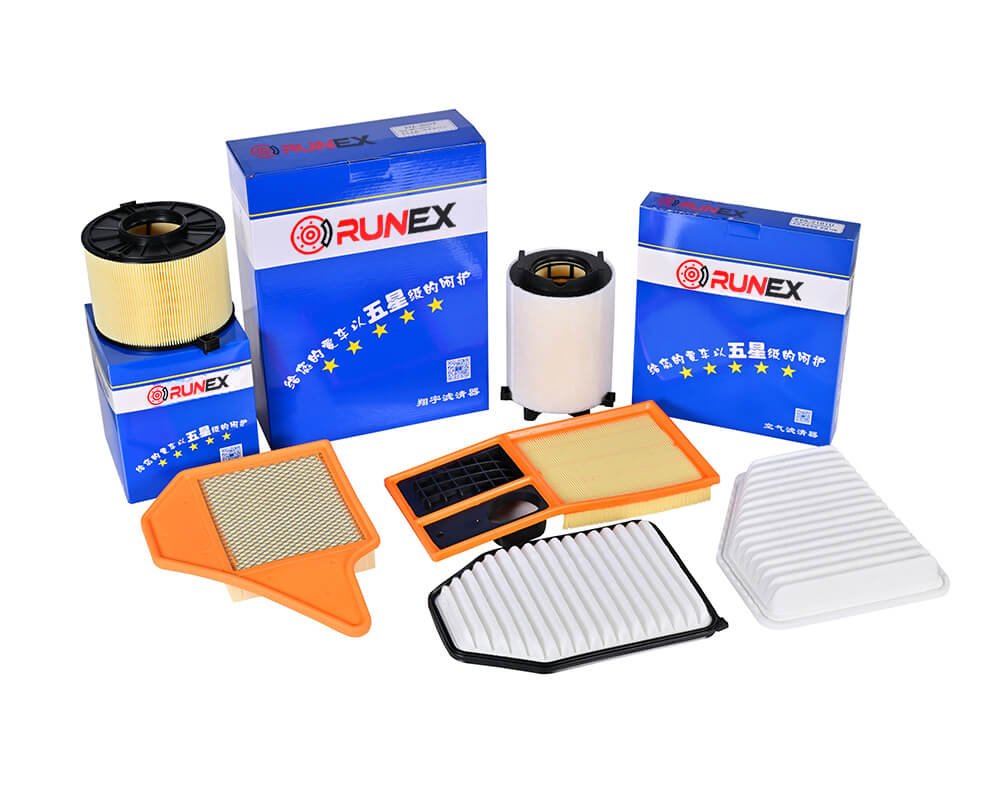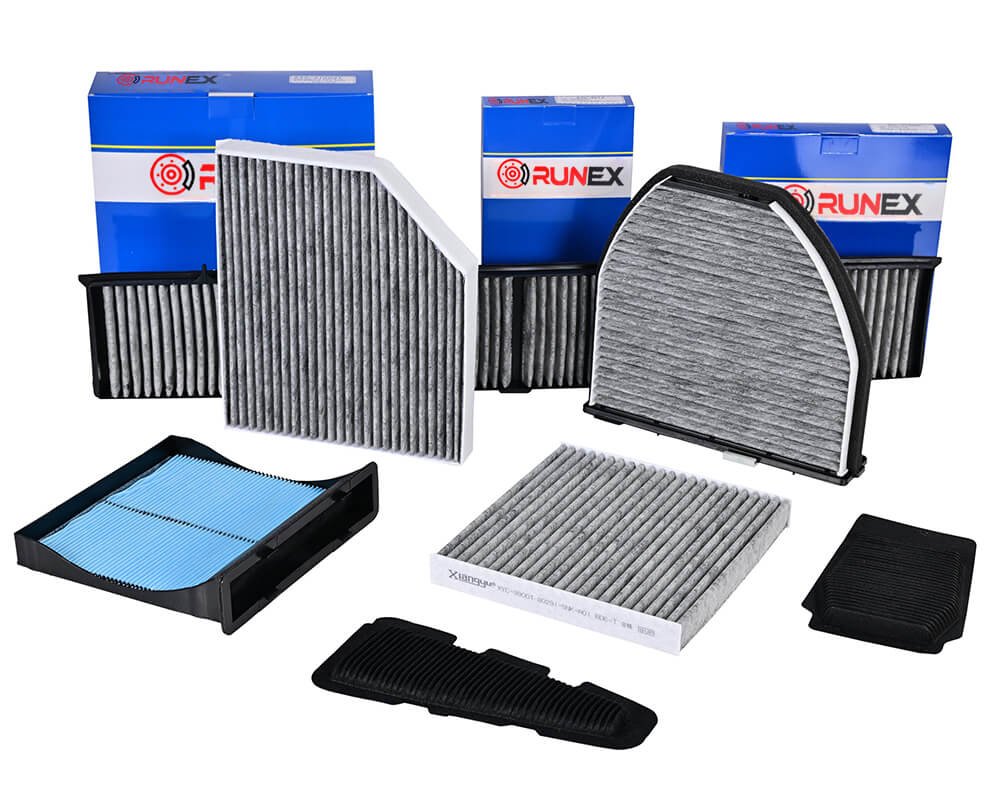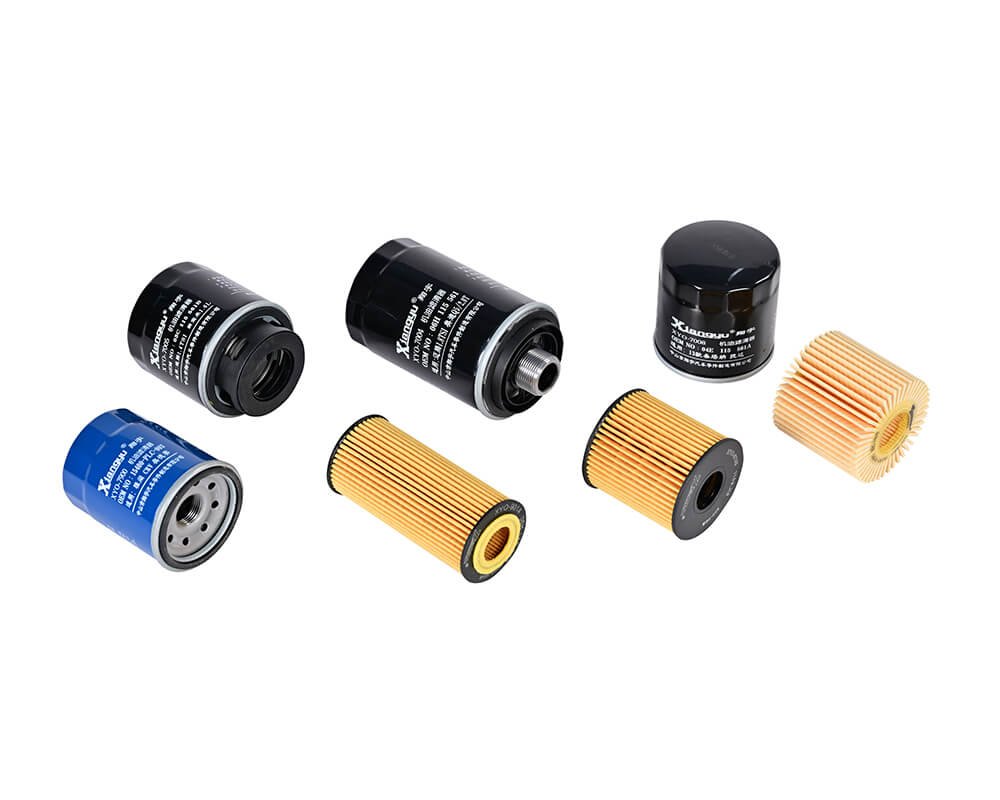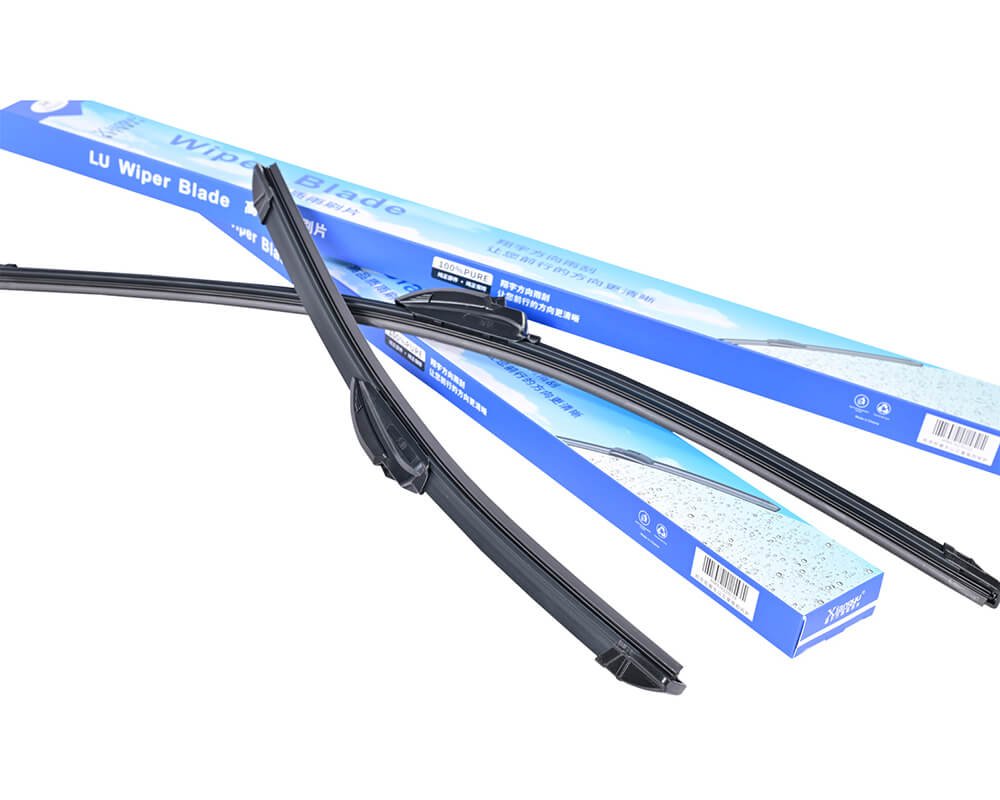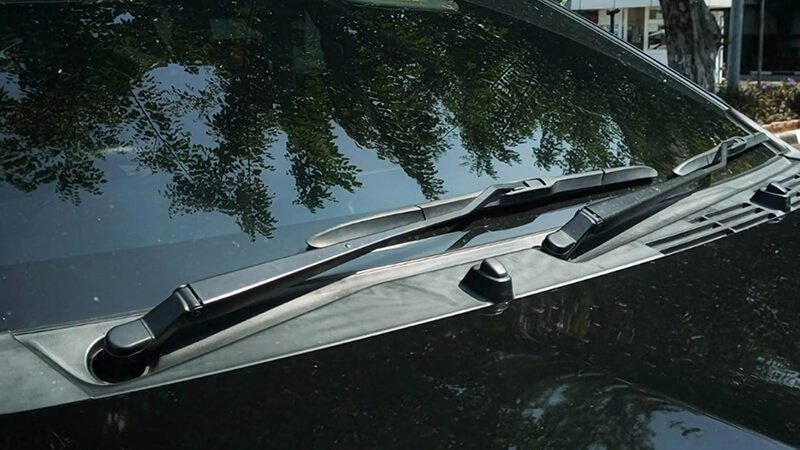Changing brake pads may sound simple, but one small mistake—like leaving the parking brake engaged—can lead to major damage or injury. Too often, people overlook this detail, assuming it's not important.
You should never attempt to change brake pads while the parking brake is on. It puts stress on the caliper, especially in rear disc systems, and can lead to brake failure or costly damage.
When it comes to brake components, especially rear brakes with electronic parking brake (EPB) systems, things can get tricky. As a manufacturer of brake pads at Runex Auto, I’ve seen the problems firsthand. Mistakes in basic steps, like not disengaging the parking brake, can cause calipers to seize or EPB systems to malfunction. Let’s dive deeper into the most common questions around this issue.
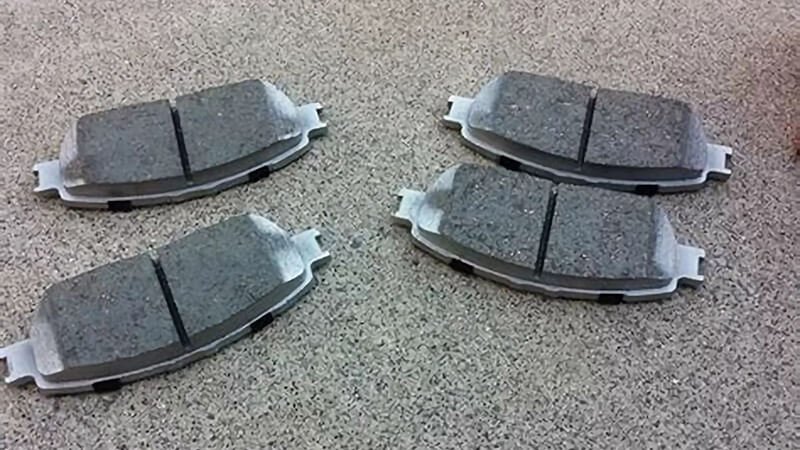
Can you change brake pads with handbrake on?
Leaving the handbrake engaged while changing pads seems harmless—but it’s not. Many assume it's just a safety measure to keep the vehicle from rolling. But in reality, it locks the rear calipers in place.
No, you should not change brake pads with the handbrake on. It holds the caliper in a clamped position, which prevents proper retraction and can damage the system.
How the handbrake interferes with brake maintenance
The handbrake1, especially in disc brake systems, physically engages the brake pads against the rotor. This means the caliper piston2 is extended and clamping down. Trying to push it back or remove the pads while it's still locked in this position creates resistance. That pressure has to go somewhere—it often ends up bending, cracking, or damaging the piston or seals.
What happens when you force it?
| Attempted Action | Potential Damage | Long-Term Consequence |
|---|---|---|
| Remove pad with handbrake on | Piston resists movement | Seal wear, reduced braking force |
| Push caliper piston back | Stress on seals, misalignment | Leaking brake fluid |
| Reinstall new pads forcibly | Pad misfit or uneven wear | Brake noise or drag |
At Runex Auto, we design our brake pads3 for easy installation—but only if you follow the correct steps. Any attempt to force parts into place causes not just wear but compromises braking performance. I tell my clients: brake systems are mechanical, not magical. They follow physics. If it doesn’t move, there’s a reason.

Does the parking brake need to be off when changing brakes?
Yes. Whether mechanical or electronic, the parking brake must be disengaged before you start changing pads. It’s not just about access—it’s about avoiding serious damage.
Always release the parking brake before changing brakes. If your vehicle has an EPB system, use the correct diagnostic tools to enter maintenance mode and retract the calipers safely.
The logic behind releasing the parking brake
When you engage the parking brake, you’re locking the rear brake calipers. In EPB systems4, this also activates the motor. These systems are electronically regulated and highly sensitive. Brake pad change requires caliper retraction, which can only happen freely if the parking brake is fully off.
For EPB-equipped vehicles, manually turning off the ignition does not release the parking brake. You must use a diagnostic scan tool5 to place the brake system into "maintenance mode6" before beginning any service.
The cost of ignoring proper procedures
| Mistake | Result | Cost Estimate (USD) |
|---|---|---|
| Skip EPB service mode | Burned actuator motor | $300–$800 |
| Manually push piston | Broken internal components | $200–$500 |
| Install new pads with EPB active | Motor error, pads don’t seat correctly | Poor performance |
At Runex Auto, we constantly educate clients on the installation process. Our technical documents now include QR codes linking to instructional videos for EPB system handling. These few extra minutes of care prevent hundreds in repair costs and lost driving confidence.

Can you change rear brakes with an e-brake on?
No, and this is even more important than with a traditional parking brake. Rear brakes equipped with electronic parking brakes are tightly controlled by onboard computers.
Do not attempt to change rear brakes with an e-brake on. You must enter maintenance mode via diagnostic tools, or you risk damaging the electric actuator and caliper.
Dealing with EPB (Electronic Parking Brakes)
EPB systems7 use motors to apply pressure on the caliper. These motors are calibrated and controlled electronically. Attempting to work on the system while it’s active can cause software faults or mechanical damage.
The technical process for EPB pad replacement
- Connect a scan tool that supports your car’s EPB system.
- Navigate to the “Brake Maintenance” menu.
- Select “Caliper Retract” or “Service Mode.”
- Wait until the tool confirms caliper position8 is retracted.
- Replace the brake pads.
- Use the scan tool to exit maintenance mode and reset error codes.
Differences in EPB designs across car brands
| Brand | EPB Mode Required | Tool Required | Special Notes |
|---|---|---|---|
| VW/Audi | Yes | VCDS or OBDII tool | Motorized caliper |
| BMW | Yes | ISTA or Foxwell | Park Brake module needs reset |
| Ford | Yes | IDS or compatible | May require battery reset |
| Toyota | Yes | Techstream | Hybrid models vary |
We’ve collaborated with OE factories to ensure Runex Auto brake pads9 are fully compatible with EPB systems. However, it’s the installer’s responsibility to ensure the system is placed into a safe state before attempting replacement. Skipping this step doesn’t just void warranties—it risks lives.
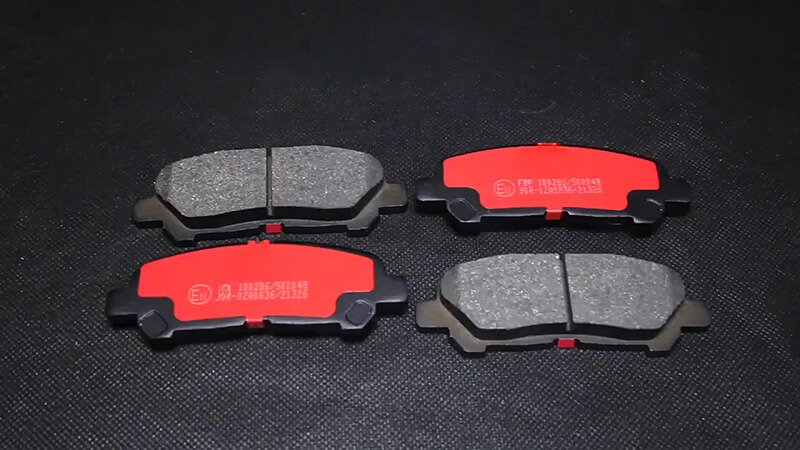
Should I put parking brake on when changing tires?
This one’s a little different. When changing tires, securing the vehicle from rolling is essential. The parking brake helps—but it must be used wisely depending on which wheels you're working on.
You should engage the parking brake only if you're not working on the rear wheels. If you are, use wheel chocks instead to secure the vehicle.
When the parking brake helps, and when it hurts
Engaging the parking brake10 while lifting a vehicle puts extra stress on the rear axle, especially if the lift points are near the rear wheels. This can cause the calipers to lock unevenly or shift the car's balance. If you're working on the front tires, the parking brake keeps the car stable. But for rear tires, it gets in the way.
The safest alternative: wheel chocks
Wheel chocks provide physical resistance to movement without affecting any internal braking systems. For added safety, always chock the opposite side of the car.
| Working Area | Parking Brake | Use Chocks? | Notes |
|---|---|---|---|
| Front Wheels | Yes | Rear wheels | Stabilizes rear axle11 |
| Rear Wheels | No | Front wheels | Prevents EPB or caliper damage |
We advise all our distributors and garages to use metal chocks or rubber blocks rated for vehicle weight. A minor slip while changing a tire can cost far more than a set of chocks.
At Runex Auto, we’re proud not only of the pads we produce, but of the safety culture we help build around them.
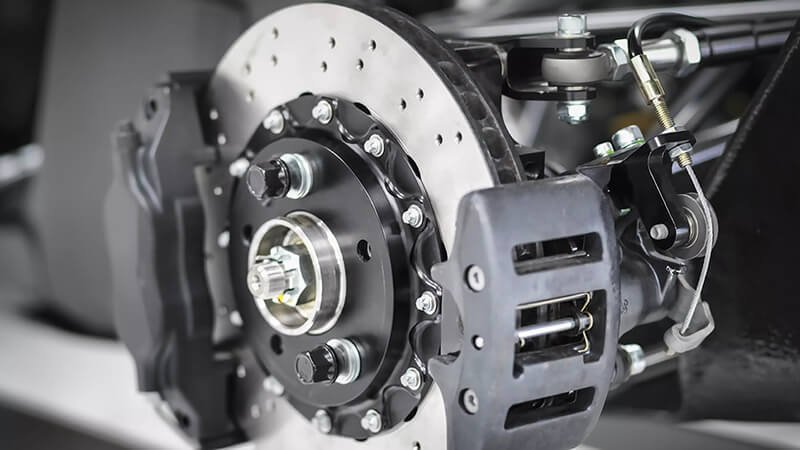
Conclusion
Changing brake pads12 requires more than just tools—it demands understanding how brake systems work. Never change pads with the parking brake engaged, especially on rear wheels or EPB-equipped vehicles. Doing it right prevents damage, protects your safety, and ensures your new pads work as they should. When in doubt, consult your manual, use the proper diagnostic tools, and always work with trusted parts—like those from Runex Auto.
-
Understanding the handbrake's function can help prevent damage during brake maintenance, ensuring safety and performance. ↩
-
Learn about the caliper piston's role in braking systems to avoid costly repairs and enhance vehicle safety. ↩
-
Discover expert tips for brake pad installation to ensure optimal performance and longevity of your braking system. ↩
-
Understanding EPB systems is crucial for safe vehicle maintenance and avoiding costly repairs. Explore this link for detailed insights. ↩
-
A diagnostic scan tool is essential for modern vehicle maintenance. Learn how it can save you time and money on repairs. ↩
-
Knowing about maintenance mode can help you perform safe and effective brake service, preventing costly mistakes. Discover more here. ↩
-
Understanding EPB systems is crucial for safe vehicle maintenance and operation. Explore this link for detailed insights. ↩
-
Knowing how to check caliper position ensures proper brake function and safety. This resource will guide you through the process. ↩
-
Choosing the right brake pads is essential for performance and safety. Discover expert recommendations and reviews here. ↩
-
Learn about the impact of the parking brake on vehicle stability and safety while working on tires. ↩
-
Discover the importance of the rear axle in maintaining vehicle stability and how it relates to safety during repairs. ↩
-
Find the best brake pads for your business, clicking this link to get all about what you need to know. ↩




